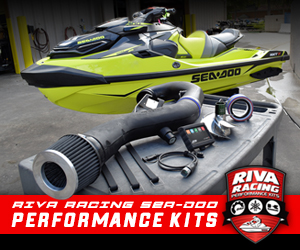You’ve heard the term used over and over again, but what exactly is “cavitation” and why does it sap power from your supercharged runabout? In an excellent essay, the eggheads at Hydronautics Incorporated properly explain the phenomenon that causes these gorgeous helices.
While the image above might look like poetry in motion, it’s actually exactly the moment when your prop looses pressure. Briefly explained by io9, “As water slips around the propellers of a boat, there are places where it experiences sudden, extreme loss of pressure. The propeller is making a ‘hole'” in the water, and the more powerful that propeller is the more water it clears away. Water appears – for the most part – as a liquid on Earth because the atmosphere on Earth keeps it under pressure. Drop the pressure and the individual molecules of water come apart. The water boils, even at very low temperatures. When propellers lower the pressure on certain areas of the water, the water boils, and we see these bubbles.”
In its worst form, and when pushed to a saturation point, cavitation can cause severe harmonics. As the bubbles collapse, they can create powerful reverberating shockwaves, which can not only disrupt the flow of water around the propeller, but actually stress, weaken and break the prop itself. This effect has been commonly attributed to a loss of acceleration, traction and thrust in PWC.









